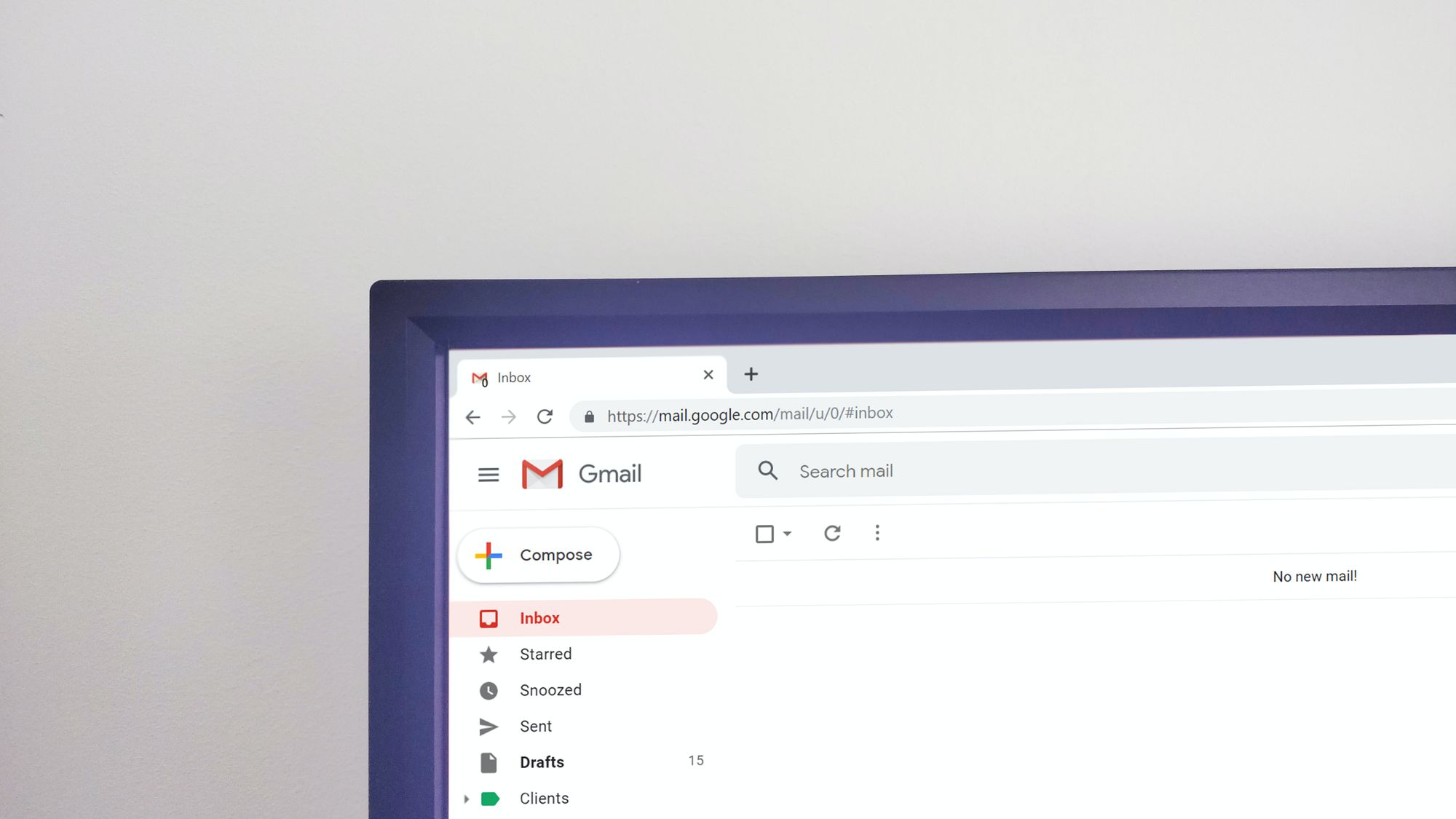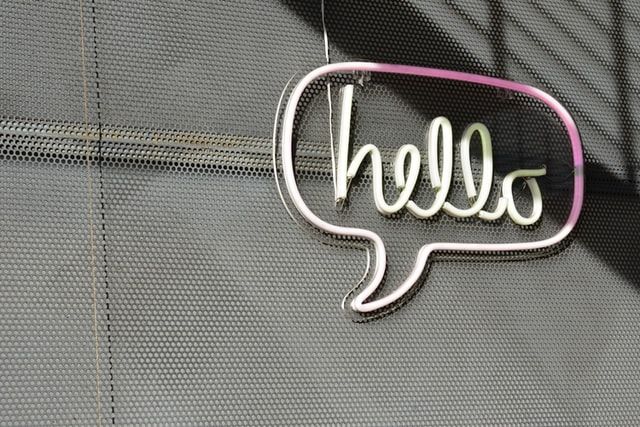Writing emails that people actually want to read
Learn how to write an excellent email, no matter who the recipient is

It’s late in the day. You want to go home (or log off from the computer in your home office, more likely). But, just as you’re about to close your laptop, you hear the almost ubiquitous ping of an email notification. It’s from a co-worker, the subject blaring “URGENT”. You reluctantly open it, and are greeted by a protracted brick of unformatted text. There are hyperlinks and typos everywhere. This one will take some reading.
We’ve all received these types of emails. And, frankly, most of us have sent them at some point. That’s why this month’s article is about how to write good emails, no matter who the recipient is. Let’s take a look at the critical components.
The subject line
I think the term “subject line” is a bit misleading. In a world where almost three million emails are sent every second, the subject line is almost like an advertisement. It doesn’t just tell your recipient what the message is about, but why it’s worth reading. So you certainly can’t title it “IMPORTANT” and hope for the best. You need to make a pitch.
In this case, a good “pitch” will be brief and informative. Brevity is a necessity, because someone trawling through hundreds of emails won't bother to decipher a long subject line. A brief header also caters for those of us who check their emails on their phones. If you keep your subject line under 45 characters long, it'll fit in a notification for most devices.
Concision is nothing, though, without the right info. Your recipient may need to do a future keyword search to track down your email in their undoubtedly bloated inbox. A subject line like "Contracts: return by COB" is not only short and direct, but also makes the word "contract" easy to search for.

Greetings, sign offs, and tone
The greeting you use at the start of an email, and the sign off you use at the end, will generally change depending on the recipient. If you’re shooting off a quick note to a co-worker you know well, a simple “hi” will suffice. If you’re contacting a client or someone higher up in your organisation, it’s a good idea to be more formal. “Good morning/afternoon” always goes down a treat, and “Dear” is great for when you want someone to feel important. A pleasantry after the greeting is generally a good idea, too. While generic lines like “hope you’re well” are fine, it’s good to personalise if you can. Did this colleague give a great presentation last week? Let them know you enjoyed it! Did they land a big client? Congratulate them! This shows you’ve put some thought into your work.
This sliding scale also applies to your sign offs. You might offer a “thanks” or a jaunty “cheers” to a friend, while “regards” is more appropriate for someone you need to show respect to. You likely have a company-issued email signature, but if you don’t, creating a personalised one is a great way to flex your Gmail skills and appear professional at the same time.
You should decide the formality and tone of your email using the same logic. If it’s a small request directed at a colleague, a casually written note is fine. That said, remember you’re still at work. Stay away from any inappropriate slang, and - I know it’s difficult to express emotion without them - emojis are generally not a great look either. Sorry 🤷.
If it’s an email of a more serious nature – a company-wide memo or correspondence to a superior – make sure it reads as such. In instances like that, it’s always better to be too formal than not enough. You’ll never be dragged into your boss’ office because your email was overly safe.
Email structure
Whenever you can, try to keep your emails brief. You probably don’t have much time to write them, and your colleagues don’t have much time to read them. This doesn’t mean cutting out important points in the name of concision; you don’t want to appear careless or lazy by putting together one sentence emails. It means saying everything you need to in as few words as possible (Outwrite’s paraphrasing tool is pretty good at helping you do this).
You also want to make sure your main points are easily recognisable. The BLUF, or “bottom line up front”, protocol is useful for this. It’s a practice used in the military, in which a brief summary of the most important point of the document (the bottom line) is placed right at the start.
In addition, make sure your emails are as “clean” and readable as they can be. That means separating your text into paragraphs, rather than just formatting it as a single block. If you’re writing a dense email, you might want to use dot points. You should also be careful about using links. Long web addresses can clutter up your writing. If you need to include a hyperlink, click “Insert”, then “Link” and change the text to something that doesn’t take up three lines.
Proofread
Of course, you need to proofread your emails before sending them off. Spelling errors look unprofessional and clumsy and will leave a bad impression on clients and higher-ups. This is especially true today when you consider the prevalence of spellchecking. There is just no room for mistakes in this realm. Aside from being a bad look, typos can also inhibit clarity and lead to more problems down the line. You don’t want to be responsible for something like that just because you couldn’t be bothered to proofread your email.
You're ready to send
The easiest way to make sure your emails are clear, concise and error-free is by using Outwrite. By installing our free extension for Google Chrome, you can polish your writing in Gmail and Outlook instantly.
In times like these, you’ll be sending plenty of emails. Hopefully this blog has helped you to write them a little better.

